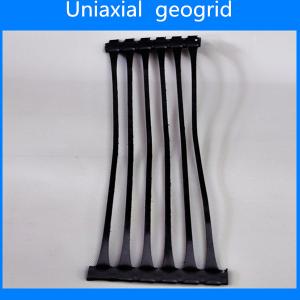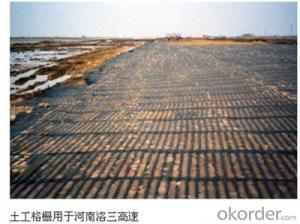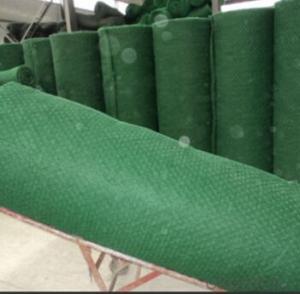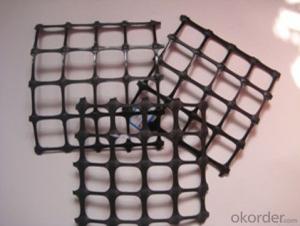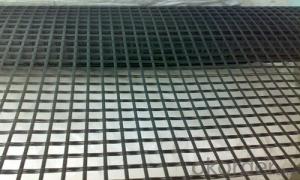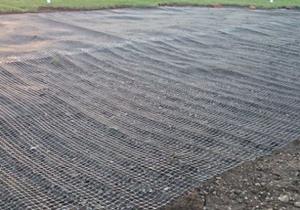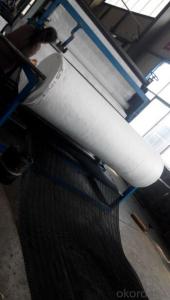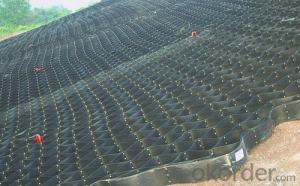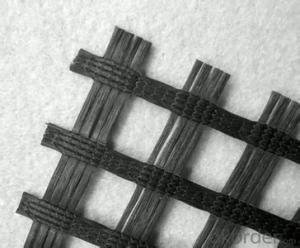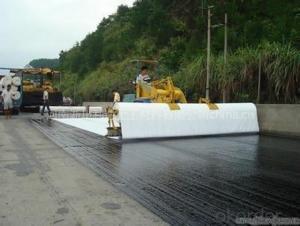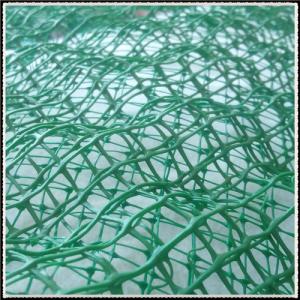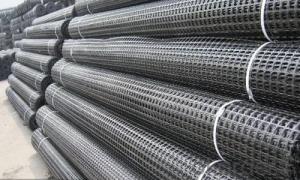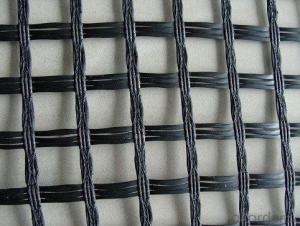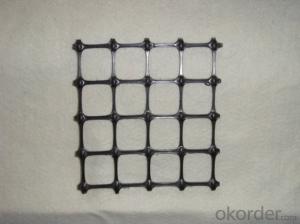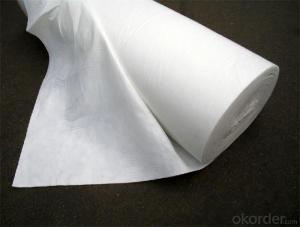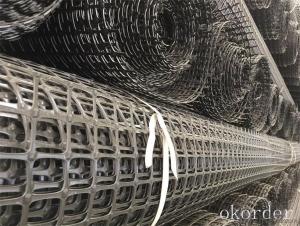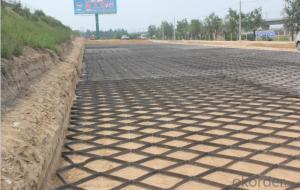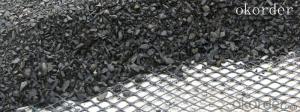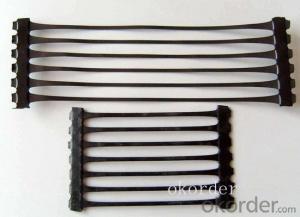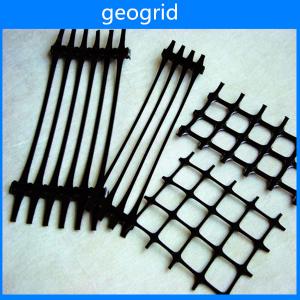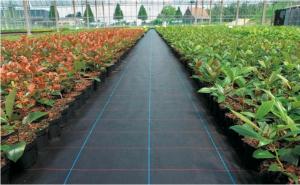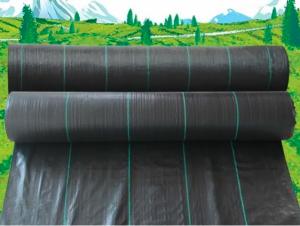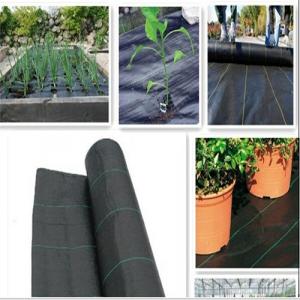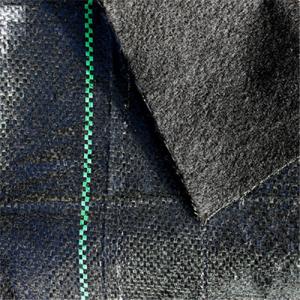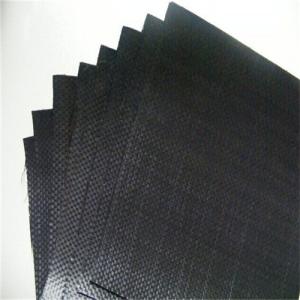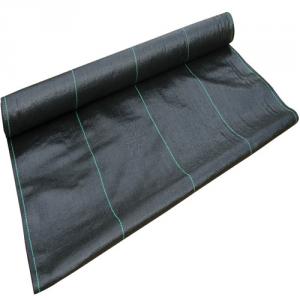Geogrid Erosion Control
Geogrid Erosion Control Related Searches
Erosion Control Geogrid Geogrid For Erosion Control Geogrid Stabilization Geogrid Construction Geogrid Base Reinforcement Geogrid Slope Stabilization Extruded Geogrid Geogrid Ground Stabilisation Geogrid-Reinforced-Soil Geogrid Subgrade Stabilization Geogrid Paving Geogrid Reinforced Soil Geogrid Machine Geogrid Slope Protection Geogrid Pullout Resistance Geogrid Pavement Reinforcement Landscaping Geogrid Geogrid Pavement Geogrid Installation Geogrid Retaining Walls Geogrid Strength Tensar Geogrid Reinforcement Bidirectional Geogrid Geogrid Properties Geogrid Road Construction Geogrid Placement Slope Reinforcement Geogrid Geogrid Energy Geogrid Asphalt Reinforcement Geogrid LayerGeogrid Erosion Control Supplier & Manufacturer from China
Geogrid Erosion Control is a type of geosynthetic material that is designed to prevent soil erosion and stabilize slopes. These products are engineered with a grid-like structure that interlocks with soil particles, providing a strong and stable foundation for vegetation growth and slope protection. The geogrids are made from high-quality polymers, ensuring durability and resistance to environmental factors such as UV radiation and chemical exposure.Geogrid Erosion Control products are widely used in various applications, including road construction, civil engineering projects, and landscaping. They are particularly effective in situations where soil erosion is a concern, such as along riverbanks, on steep slopes, or in areas prone to landslides. By reinforcing the soil structure and promoting vegetation growth, geogrids help to maintain the integrity of the land and prevent costly damage from erosion.
Okorder.com is a leading wholesale supplier of Geogrid Erosion Control products, offering a large inventory of high-quality materials to meet the needs of various projects. With a commitment to customer satisfaction and reliable service, Okorder.com ensures that clients have access to the best erosion control solutions available on the market.
Hot Products

